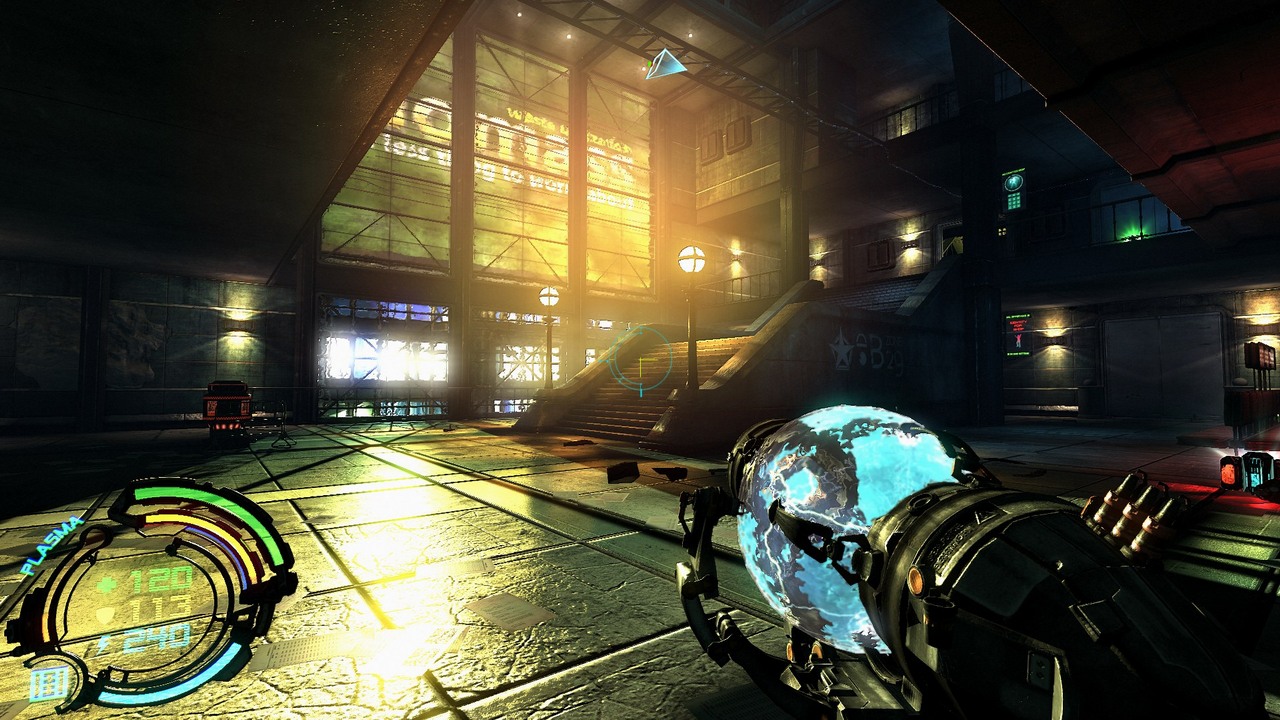

Replacing the belt or chain at the suggested interval can prevent serious engine mechanical problems. A timing chain may have a wider service schedule interval. So car manufacturers suggest replacing a timing belt every five years. After miles of service, it wears down, becomes damaged, or breaks. Refer to the list of related components below.Ī timing belt or chain synchronizes the camshaft to crankshaft rotation.

If not, you need to check for a blown fuse or bad relay in the fuel injection system, a problem with the computer control, or problems with input sensors (for example the crankshaft or camshaft position sensors).

If the pressure is within specifications, you can unplug a fuel injector electrical connector and plug in a nod light to the harness connector (you may loan a set of nod lights from your local auto parts store).If the line is wet and smells like fuel, replace the fuel pressure regulator. Detach the vacuum hose from the top of the fuel pressure regulator. If the pressure is lower than specification, your problem lies in the fuel system, possibly a faulty fuel pump, clogging fuel filter, or bad fuel pressure regulator.Compare your gauge readings to the pressure specification listed in your vehicle repair manual.Then have an assistant crank the engine and read the gauge. If fuel squirts through the valve, plug a fuel pressure gauge to the test fitting valve and turn the ignition key to the On position and read the gauge.Instead, if a dribble of fuel comes out or no fuel, then check for a clogged fuel filter, a bad fuel pump, or a leaking fuel pressure regulator. Fuel should squirt out through the valve. Then, press the valve with the screwdriver while catching the fuel with the shop rag.Repeat the step two more times to prime the line with fuel. Turn the ignition key to the On position for two or three seconds and then turn it off.Be ready with a shop rag to catch the fuel. If the incoming fuel line that goes to the fuel injectors has a test port (Schrader valve-a valve similar to the one on your tires), use a small screwdriver to press on the valve.Consult your vehicle repair manual, if necessary. Check for a clogged fuel filter, or a bad fuel pressure regulator. However, if the engine runs momentarily and dies, then the problem is that fuel is not getting to the cylinders. If the engine still doesn't seem like it wants to start, probably fuel is getting into the cylinders and your problems lie somewhere else.Open the throttle plate and spray some starting fluid into the throttle body.Detach the air cleaner assembly from the throttle body.Otherwise, you may be dealing with a faulty fuel pump or relay, a blown fuse, an electrical open or another problem in the fuel pump circuit. If you hear the sound, at least you know the pump is getting power continue with the next step. You should hear the whirring sound of the fuel pump motor being energized for two or three seconds. As your assistant turns the key, listen closely through the filler neck of the fuel tank.Ask an assistant to turn the ignition key to the On position, but don't start the engine.First, make sure the fuel pump is working.
#Let it die pc wont run how to
How to Check a Multiport Fuel Injection System


 0 kommentar(er)
0 kommentar(er)
